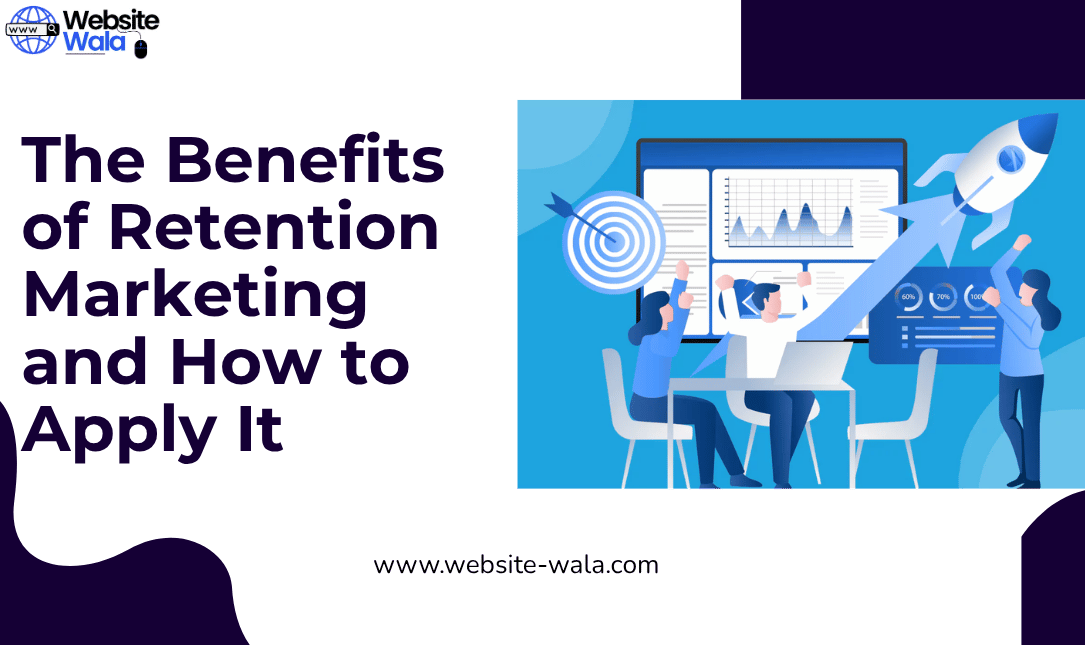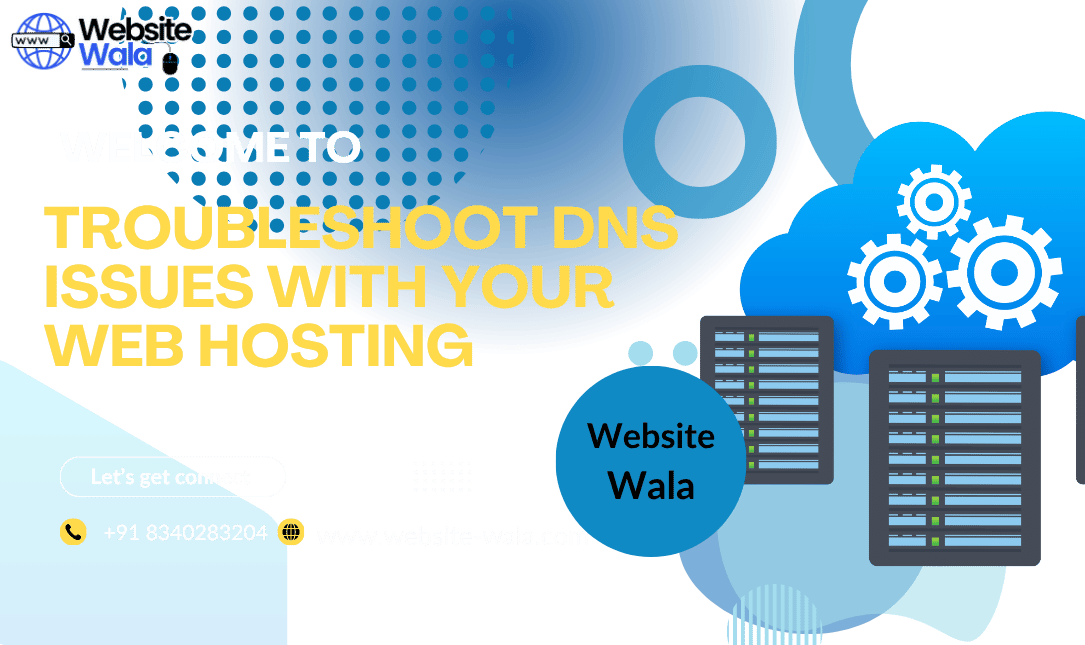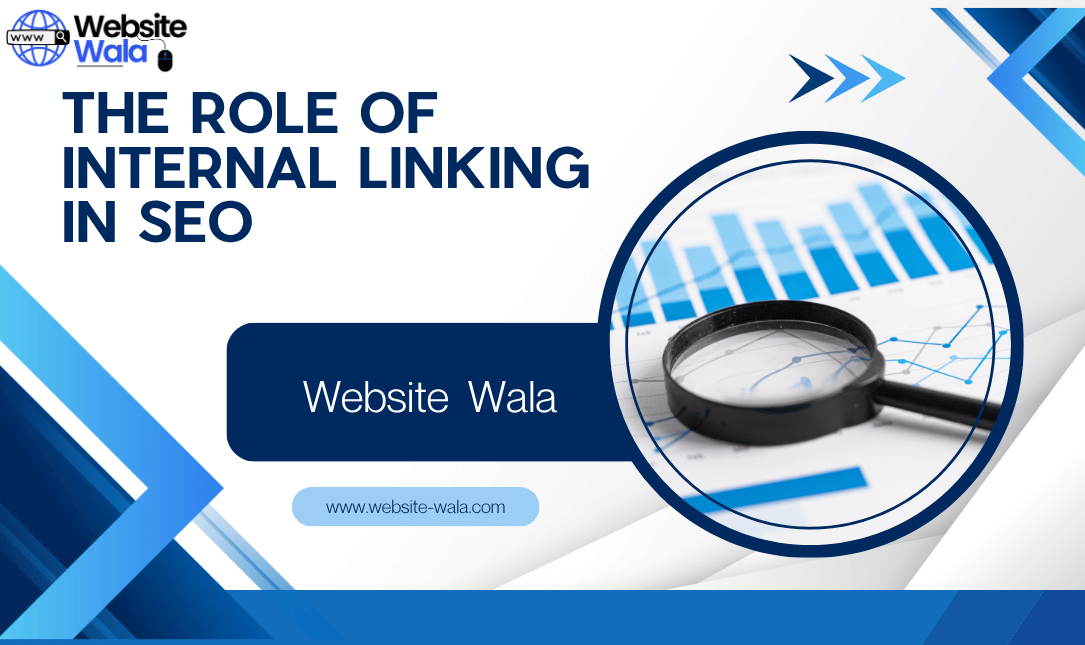
Discover the benefits of retention marketing and how to apply it to boost customer loyalty, repeat purchases, and revenue growth.
Introduction: Understanding the Benefits of Retention Marketing and How to Apply It
In today's competitive business environment, focusing solely on acquiring new customers is no longer enough. Understanding the benefits of retention marketing and how to apply it can significantly impact your bottom line. Retention marketing emphasizes nurturing existing customers, fostering customer loyalty, and encouraging repeat purchases. By implementing effective customer retention strategies, businesses can achieve sustainable revenue growth while enhancing customer engagement.
What Is Retention Marketing?
Retention marketing refers to the strategies and marketing tactics designed to retain current customers rather than solely attracting new ones. Unlike traditional marketing, which focuses on customer acquisition, retention marketing prioritizes customer satisfaction, loyalty, and long-term relationships. Companies that adopt customer relationship management techniques and targeted retention campaigns often see higher customer lifetime value and improved brand loyalty.
The Key Benefits of Retention Marketing
1. Boosts Customer Loyalty
One of the most significant advantages of retention marketing is its ability to foster customer loyalty. Loyal customers are more likely to make repeat purchases and advocate for your brand, which enhances your reputation and drives organic growth. Implementing loyalty rewards programs and personalized marketing efforts can strengthen brand loyalty over time.
2. Encourages Repeat Purchases
Focusing on existing customers increases the likelihood of repeat purchases. Since retaining a customer is often cheaper than acquiring a new one, businesses can achieve higher ROI with retention strategies. Targeted customer loyalty programs and retention campaigns are effective methods to remind customers of your brand and encourage ongoing engagement.
3. Drives Revenue Growth
Retention marketing directly impacts revenue growth. Studies consistently show that even a small increase in customer retention rates can lead to significant revenue improvements. By nurturing relationships through marketing strategies focused on customer experience and customer satisfaction, businesses can increase customer lifetime value and create consistent income streams.
4. Enhances Customer Engagement
Customer engagement is a critical component of retention marketing. Engaged customers are more likely to participate in your campaigns, respond to offers, and provide valuable feedback. Through customer relationship management tools, personalized communication, and retention campaigns, businesses can cultivate stronger emotional connections with their audience.
5. Reduces Marketing Costs
Retaining existing customers is more cost-effective than acquiring new ones. By investing in retention strategies, businesses can reduce marketing expenses while maximizing returns. Using retention metrics to monitor customer behavior ensures that resources are allocated efficiently, targeting customers who are most likely to convert or remain loyal.
How to Apply Retention Marketing Effectively
1. Implement Customer Loyalty Programs
One of the most effective customer retention strategies is a well-designed customer loyalty program. Offer loyalty rewards, exclusive deals, or early access to products to incentivize repeat purchases. A robust loyalty program not only encourages ongoing engagement but also strengthens brand loyalty.
2. Personalize Customer Experiences
Modern marketing strategies emphasize personalization. Use data-driven insights from customer relationship management systems to tailor messaging, recommend products, and provide relevant content. Personalized experiences improve customer satisfaction and make clients more likely to remain loyal over time.
3. Focus on Customer Engagement
Active customer engagement ensures your audience stays connected to your brand. Use email campaigns, social media interactions, and interactive content to maintain interest. Regular touchpoints demonstrate that your company values its customers, reinforcing customer loyalty and enhancing customer experience.
4. Monitor Retention Metrics
Tracking retention metrics is essential for optimizing retention campaigns. Key metrics include repeat purchase rates, churn rates, customer satisfaction scores, and customer lifetime value. These insights help refine retention strategies and identify opportunities for improvement.
5. Provide Exceptional Customer Service
Exceptional customer experience is a cornerstone of successful retention marketing. Address concerns promptly, maintain open communication, and exceed expectations. Satisfied customers are more likely to participate in customer loyalty programs, make repeat purchases, and recommend your brand to others.
Advanced Retention Strategies
-
Segment Your Audience: Tailor marketing tactics to different customer groups based on behavior, demographics, and preferences.
-
Automated Retention Campaigns: Use automation to deliver timely messages that encourage continued engagement.
-
Referral Incentives: Reward loyal customers who refer friends, combining loyalty rewards with organic growth.
-
Omnichannel Engagement: Maintain consistent messaging across email, social media, and in-store experiences.
These advanced retention strategies complement basic approaches, creating a holistic system that maximizes customer lifetime value and revenue growth.
Measuring the Success of Retention Marketing
To fully understand the benefits of retention marketing and how to apply it, businesses must track the right KPIs. Important retention metrics include:
-
Customer retention rate
-
Repeat purchase rate
-
Customer lifetime value
-
Net promoter score (NPS)
-
Engagement metrics such as email open rates or social media interactions
Consistently monitoring these KPIs allows companies to refine marketing strategies and maintain high levels of customer satisfaction and brand loyalty.
Conclusion: Unlocking Long-Term Growth
Mastering the benefits of retention marketing and how to apply it is essential for sustainable business success. By investing in customer retention strategies, personalized experiences, and customer loyalty programs, businesses can enhance customer engagement, boost repeat purchases, and drive revenue growth. Retention marketing not only strengthens brand loyalty but also provides a measurable ROI that acquisition-focused strategies often cannot match.
Incorporating retention campaigns, monitoring retention metrics, and continuously improving customer experience ensures that businesses retain valuable customers while fostering long-term growth. By understanding and applying these principles, companies can achieve a competitive edge in an increasingly customer-centric market.























